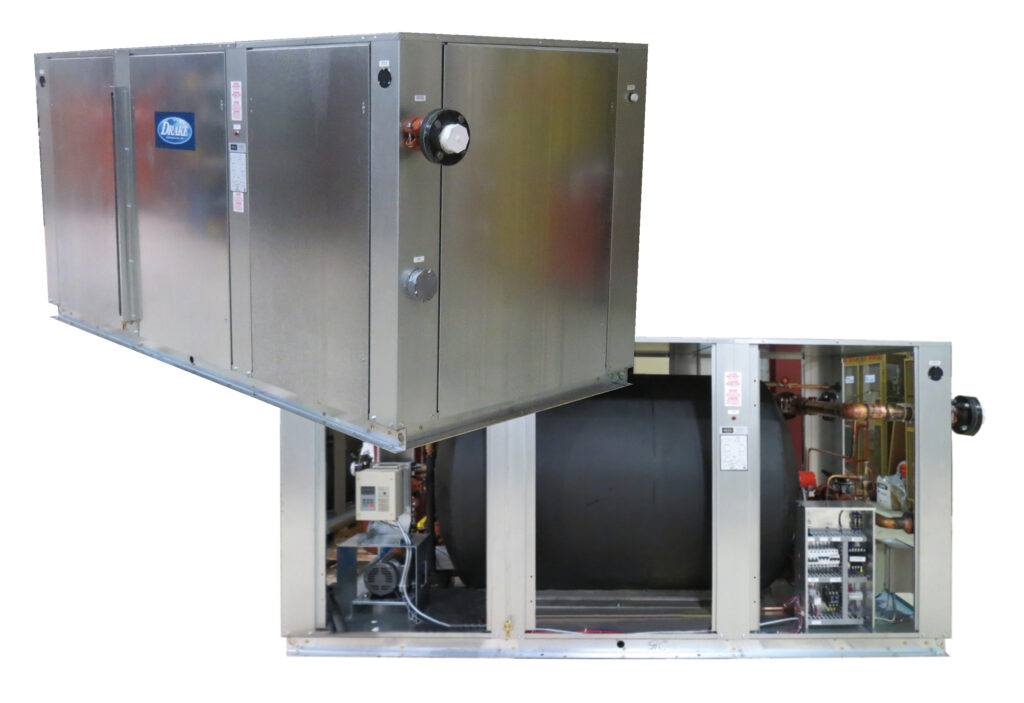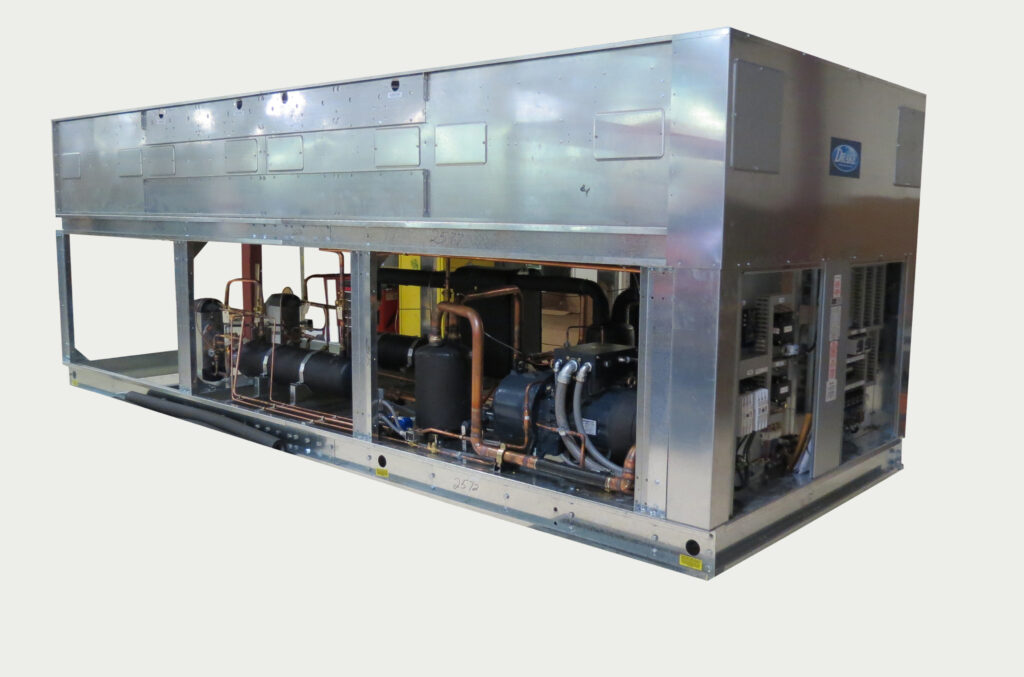
The term ‘energy efficiency’ is now deeply ingrained in mainstream dialog, applying to everything from appliances to windows. And while many consumers have long recognized its potential value, energy conservation has also made its way into corporate responsibility programs and operational agendas.
With more industrial organizations taking stock of the long-term cost savings and environmental benefits of energy conservation, the magnitude of energy-efficient options for process chillers has expanded in new directions. Whether in medical, food processing, brewery, or manufacturing, industrial companies now have an abundance of chiller options to help reduce energy costs and advance green initiatives.
In this post, we’ll cover a few of the energy-efficient chiller features to look for, three primary factors to consider when going green, and the bottom line when it comes to finding the most efficient chiller for your budget and objectives.
Energy-efficient chiller features to look for:
There are several ways to customize chillers for energy efficiency. We’ll start with ideas for optimizing the main components of a process chiller for efficiency: evaporator, compressor, condenser, and expansion valve.
Evaporators
Upsizing evaporators to alleviate glycol deration can ensure chillers are running at full capacity and maximum efficiency, helping conserve energy.
Compressors
When it comes to compressors, look for the following features to minimize and optimize energy consumption:
- Multiple refrigerant circuits
- Semi-hermetic compressor unloading
- Digital scroll compressors
- Screw compressor slider valves
- VFD (variable frequency drive) scroll compressors
Condensers
Chillers using a water-cooled condenser have a couple of energy-efficient features related to the valves that are worth considering. First, look for water regulation valves to minimize cool water usage. Second, ask about three-way valves to lower head pressure and reduce energy. These steps can help ensure your condenser is optimally efficient.
Expansion valves
Finally, opting for electronic expansion valves (EEVs) can help maintain consistent superheat under any operating condition, adding another layer to the vast array of energy-saving chiller options.
Next, we’ll explore more energy-efficient chiller features to look for to optimize the chiller including; fan motors, hot water reclaim, fluid cooler, and pumps.
Fan motors
Optimizing fan motors is another way to elevate the efficiency of industrial process chillers. Look for fan-related energy-efficiency features, such as:
- EC (electronically commutated) fan motors for electric efficiency, higher energy savings, and more stable temperatures
- Optimized fan cycling (staging) for highly efficient performance
- Floating head pressure for efficient cooling in ambient temperatures below 95°F
Hot water heat reclaim
One of the energy-efficient heat reclaim options for the hot water loop, or hot liquor tank (HLT), is a desuperheater heat reclaim. This energy-efficient feature of process chillers helps produce free hot water by ‘desuperheating’ the compressor’s discharged gases. An economizer can also optimize the hot water reclaim by cooling the liquid refrigerant flow and providing extra cooling for the compressor.
Fluid Cooler
A chiller can be paired with a fluid cooler can be optimized to boost the overall system energy efficiency quotient in lower ambient applications. This energy-efficient option uses ambient air to cool process fluid, requiring less energy and increasing chiller efficiency.
Pumps
When it comes to chiller pumps, choosing a variable frequency drive (VFD) is one of the best ways to customize an efficient chiller system.
3 Factors to determine how much to invest in energy-efficient features
All the energy-efficient options listed in this article can contribute to high-performance chillers that can save energy and money in the long run. However, these energy-efficiency options do come with costs – at least initially. So, what’s the best way to determine how much to spend on an energy-efficient chiller?

Consider these three factors when evaluating chiller efficiency:
- Need vs. want – Which energy-efficiency features does your company need, and which are merely nice-to-haves? The answer to this question can provide helpful insights for prioritizing the various options.
- Upfront vs. energy cost savings – As you consider the upfront costs of upgrading to an energy-efficient chiller, compare it to the anticipated energy savings to better understand the financial impact.
- Energy-saving credit qualification – Finally, determine which options will make the chiller efficient enough to receive an energy-saving credit from your state. At $50/HP in Pennsylvania, these savings can add up to a budget- and environmentally-sound solution.
Chiller Efficiency: The bottom line
The most efficient chillers depend on which – and how many – energy-efficient options you choose. The more options, the more energy-efficient the chiller will be. Use a cost-benefit analysis to determine the ideal configuration for your company’s application, budget, and energy-saving goals.
To learn more about energy-efficient chillers, contact our team.

